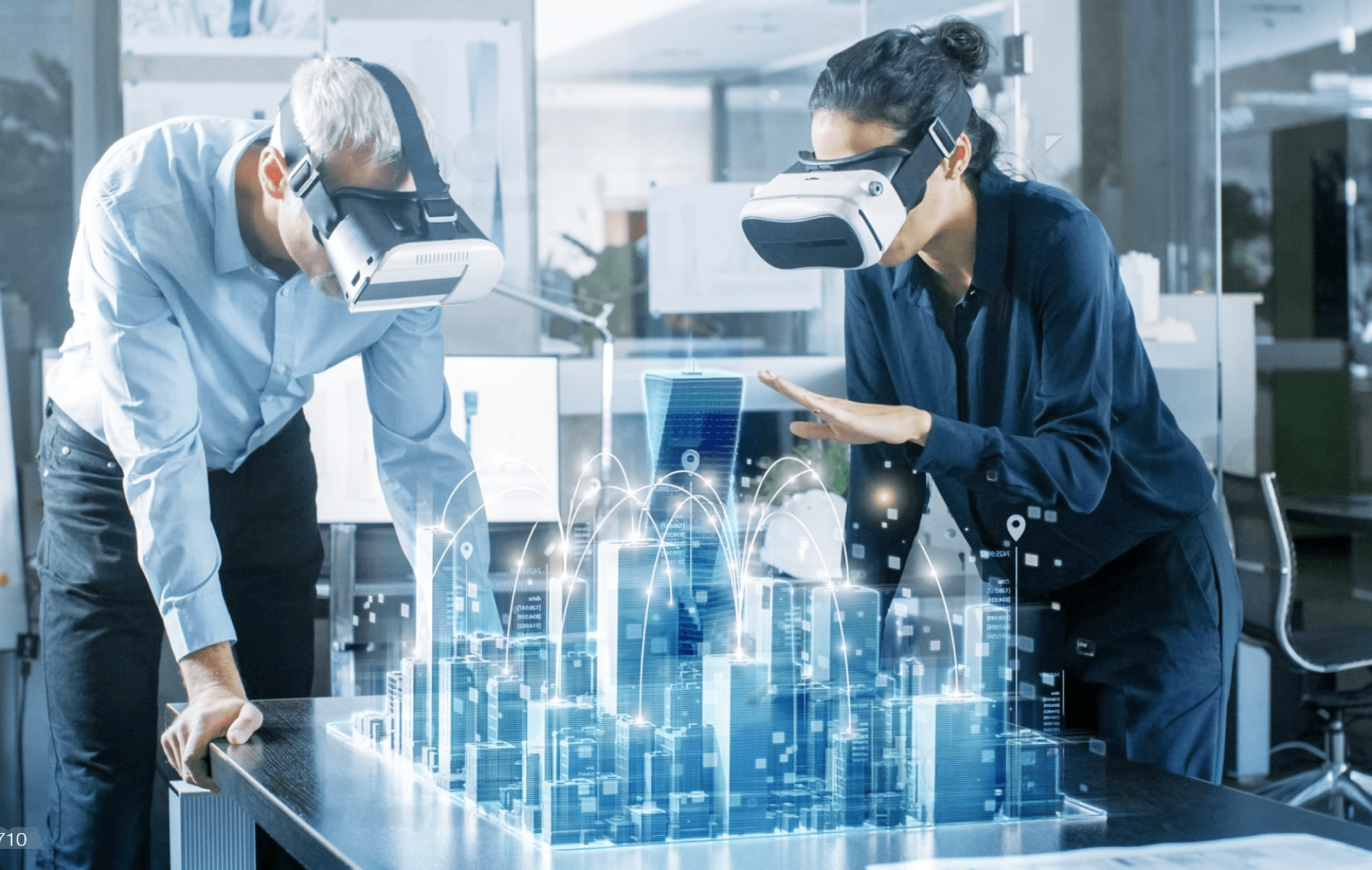Virtual Reality (VR) and Augmented Reality (AR) are cutting-edge technologies that have captured the imagination of both consumers and businesses alike. As these technologies continue to evolve, they are transforming various industries and creating new possibilities for immersive experiences. In this article, we explore the fundamentals of VR and AR, their applications, and their impact on the future.
1. Understanding Virtual Reality:
Virtual Reality is a simulated environment that immerses users in a computer-generated, three-dimensional experience. VR devices, such as headsets or goggles, block out the real world and replace it with a virtual world. By tracking the user’s movements, VR allows users to interact with this virtual environment, creating a sense of presence and immersion.
2. Exploring Augmented Reality:
Augmented Reality, on the other hand, enhances the real-world environment by overlaying digital information and objects.AR is commonly encountered via smartphones, tablets, or AR glasses. It blends digital elements seamlessly into the real world, enabling users to interact with both real and virtual elements simultaneously.
3. VR and AR Applications:
Both VR and AR have many uses in different industries.
- A) Gaming and Entertainment:
VR gaming has gained immense popularity, offering users a fully immersive gaming experience. AR is used in mobile gaming apps, like Pokemon GO, where digital characters are superimposed onto the real world.
- B) Training and Education:
VR and AR are transforming the way we learn and train. VR simulations allow trainees to practice complex tasks in a safe environment, while AR can provide real-time information and guidance during training.
- C) Healthcare:
In the healthcare sector, VR is used for pain management, physical therapy, and medical training. AR is utilized in surgical planning, enabling surgeons to see critical data during procedures.
- D) Architecture and Design:
Architects and designers use VR for virtual walkthroughs of buildings and spaces. AR is used to visualize furniture and decor in real time within existing spaces.
- E) Marketing and Advertising:
VR and AR create unique marketing experiences, allowing brands to engage customers in interactive and memorable ways.
4. Challenges and Opportunities:
While VR and AR hold immense promise, they also face challenges. VR requires expensive and specialized hardware, limiting its accessibility. AR, although more accessible through smartphones, relies on advancements in technology to deliver seamless experiences.
5. The Future of VR and AR:
VR and AR have a promising future. As technology advances, VR and AR will become more affordable, user-friendly, and integrated into our daily lives. The combination of VR and AR, known as Mixed Reality (MR), will further blur the lines between the real and virtual worlds, opening up new possibilities for collaboration, communication, and productivity.
Conclusion:
Virtual Reality (VR) and Augmented Reality (AR) are transformative technologies shaping industries and enhancing experiences. Partnering with an AR VR development company is crucial to unlock their full potential, deliver immersive experiences, and drive digital transformation. Embrace these technologies now to stay ahead in the future of immersive digital experiences.
Frequently Asked Questions (FAQ)
Q1: How are VR and AR different?
A1: VR creates a fully immersive experience, blocking out the real world, while AR enhances the real world by overlaying digital content.
Q2: How can businesses benefit from VR and AR?
A2: Businesses can use VR and AR to engage customers, enhance training, improve productivity, boost marketing efforts, and create unique user experiences.
Q3: How can businesses stay ahead with VR and AR?
A3: Embracing VR and AR technologies early allows businesses to stay at the forefront of innovation, create memorable experiences, and gain a competitive advantage in their industries.



